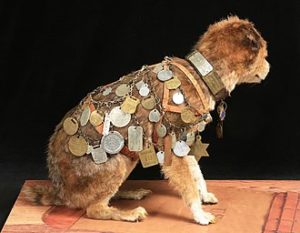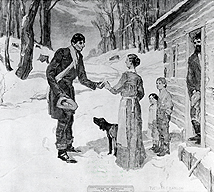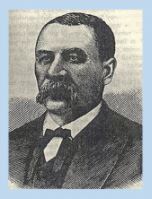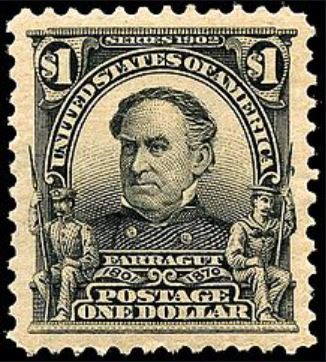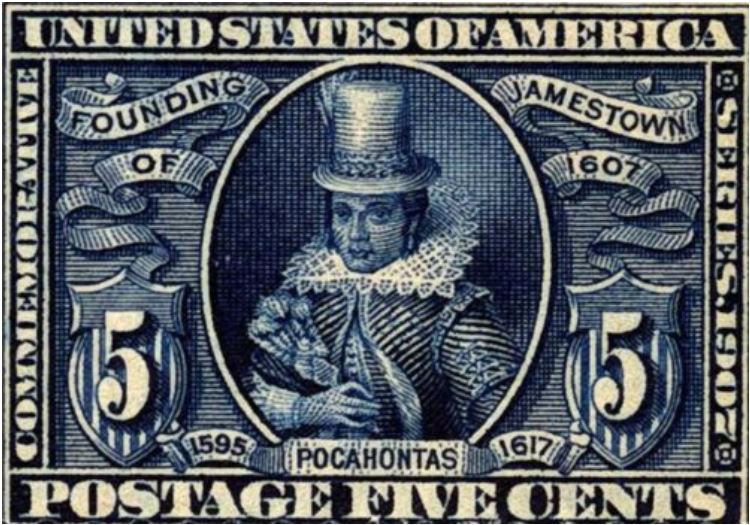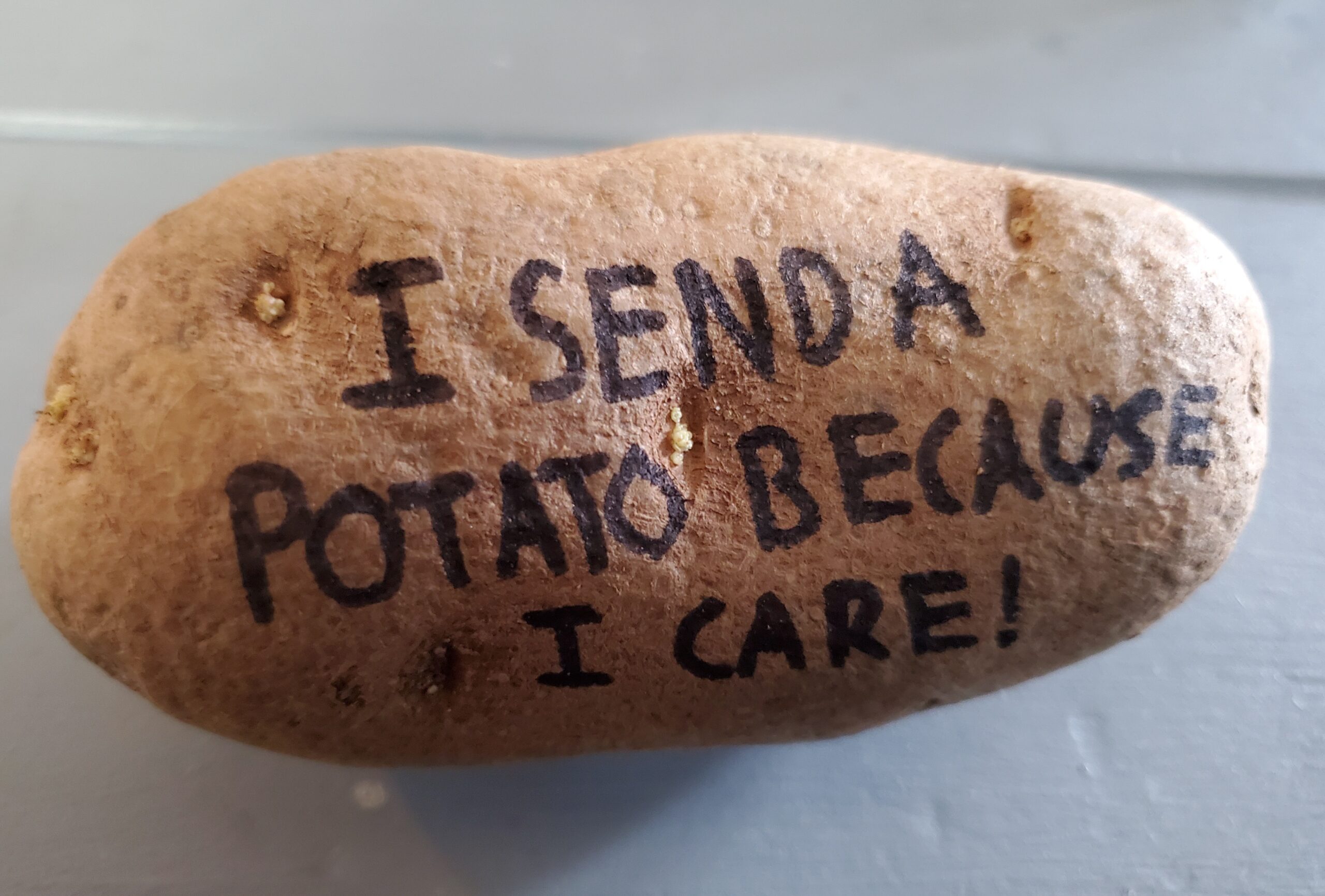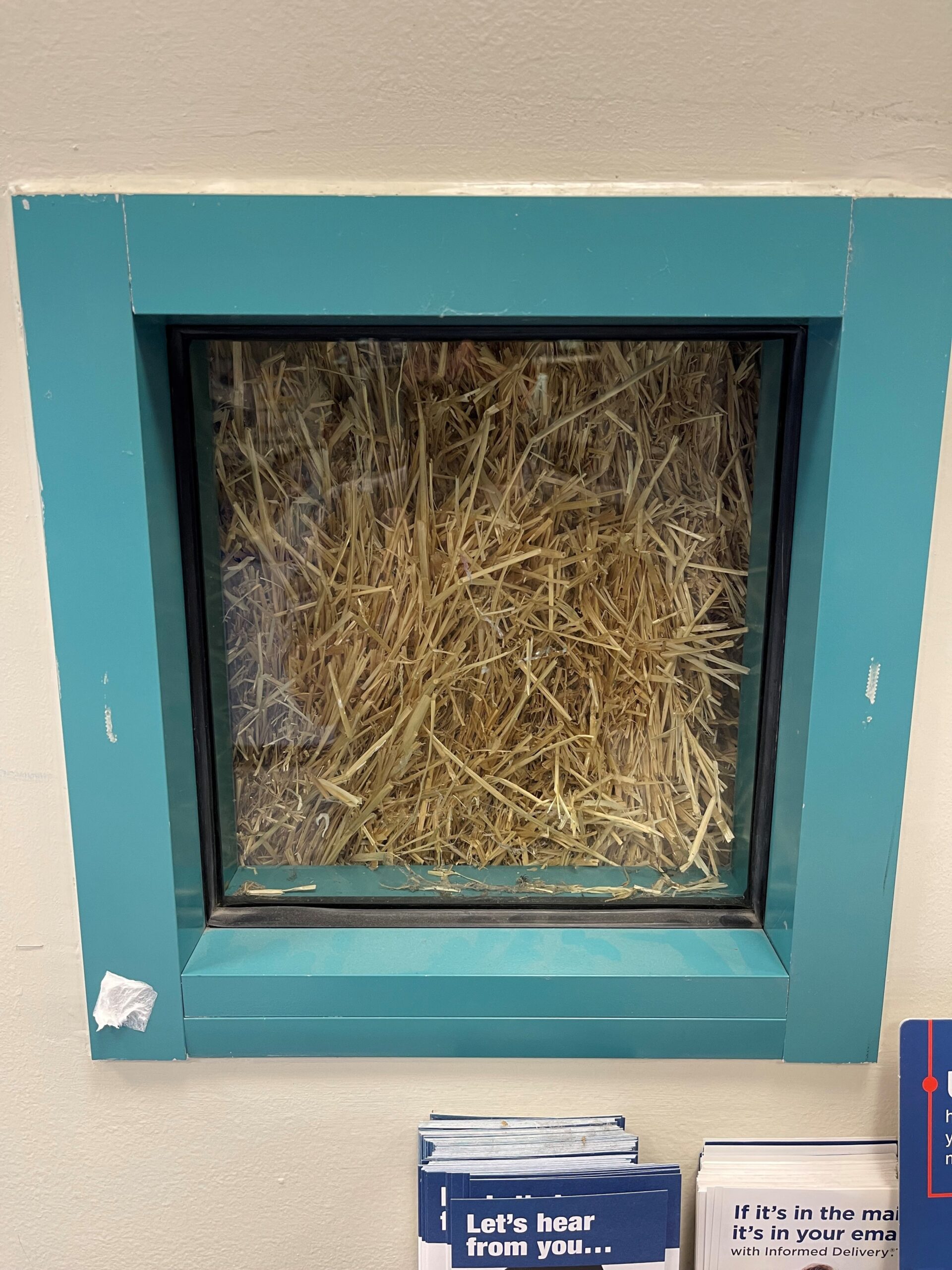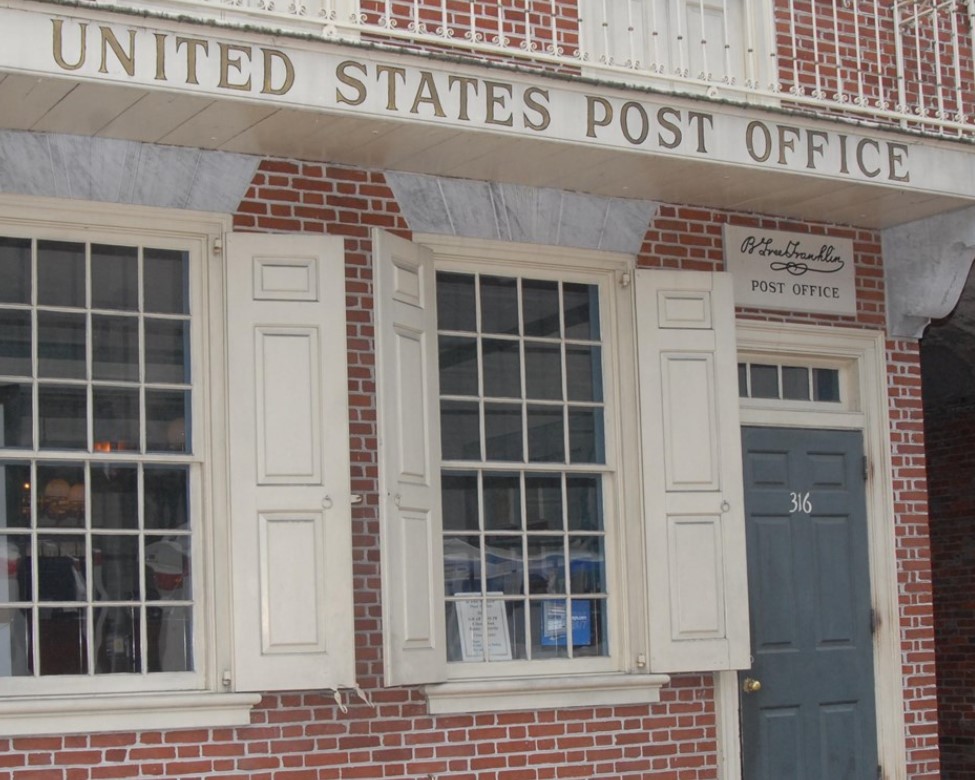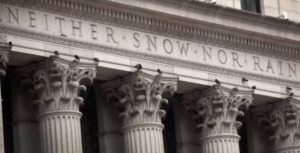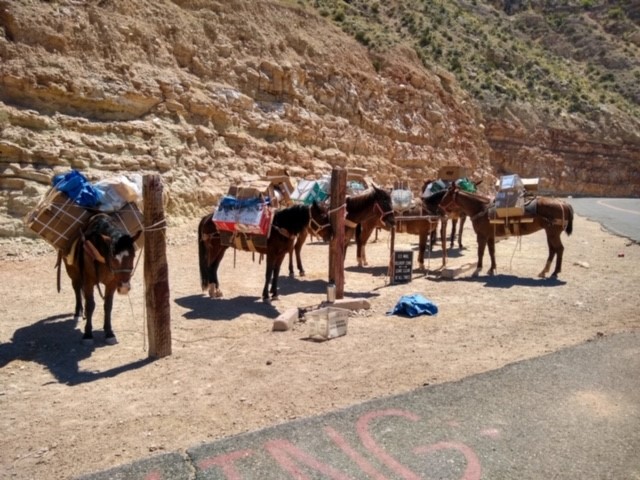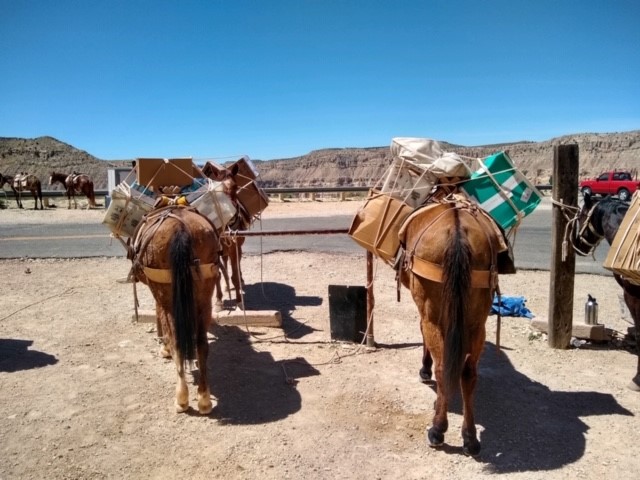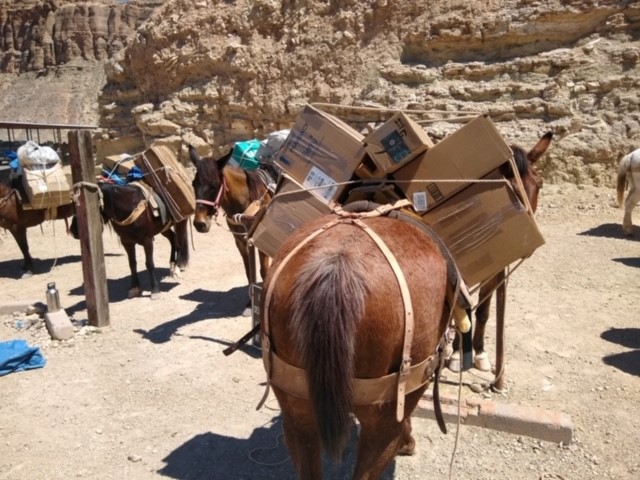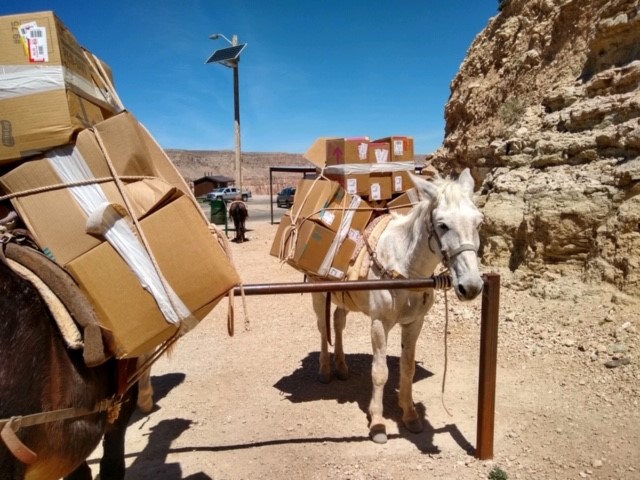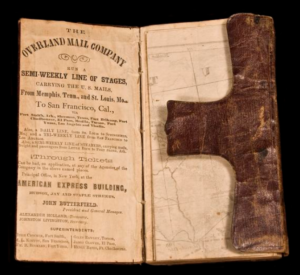Postal Facts - U.S. Postal Service
On an autumn day in 1888, a shaggy pup took his first steps toward becoming a postal legend when he crept into the Albany, NY, Post Office. Postal employees allowed him to stay and named him Owney.
On May 7, 1833, 24-year-old Abraham Lincoln was appointed postmaster of New Salem, IL. Lincoln served until the office was closed May 30, 1836.
1860
African American postmasters
African Americans worked as postmasters, clerks and carriers beginning in the 1860s — 100 years before the Civil Rights Movement brought about wider opportunity in the American workplace.
The first known female postmaster in the United Colonies was Mary Katharine Goddard in Baltimore in 1775.
1ST KNOWN
female mail carrier
The first known female mail carrier was Sarah Black, who worked as a mail messenger in Charlestown, MD, in 1845.
1ST KNOWN
African American postmaster
The first known African American postmaster was James W. Mason in Sunny Side, AR, in 1867.
1ST KNOWN
African American carrier
The first known African American mail carrier was James B. Christian in Richmond, VA, in 1869.
1ST AMERICAN
woman on a stamp
The first American woman on a U.S. postage stamp was Martha Washington in 1902.
1ST AFRICAN
American postal inspector
The first known African American postal inspector was Isaac Myers in Baltimore in 1870.
1ST HISPANIC
American on a stamp
The first Hispanic American on a stamp was U.S. Navy Adm. David Farragut in 1903.
1ST NATIVE
American on a stamp
The first Native American on a stamp was Pocahontas in 1907.
1ST AFRICAN
American on a stamp
The first African American on a stamp was educator, author and orator Booker T. Washington in 1940.
1ST FEMALE
postmaster general
The first female postmaster general was Megan J. Brennan, Washington, DC, 2015. Brennan's tenure was Feb. 1, 2015 – June 15, 2020.
Smithsonian- National Postal Museum
1993
National Postal Museum Opens
In 1993, the Smithsonian's National Postal Museum opened. This museum is dedicated to the preservation, study and presentation of postal history and philately.
John Prine, singer and songwriter, was a letter carrier in Maywood, IL, 1964-1969.
The first Post Office in America was established in a tavern in Boston in 1639.
Newspapers
and the U.S. Mail
Extra! Extra! American newspapers largely owe their existence to Post Offices. As part of the Post Office Act of 1792, newspapers were permitted to be mailed at extremely low rates. By the start of the 19th century, newspapers made up the bulk of the U.S. Mail.
Farm Goods
delivered by mail
The farm-to-table concept isn’t new. From 1914 to 1920, the farm-to-table program was a novel initiative that allowed farmers to arrange prices with people in urban areas and then mail them fresh meats, eggs, dairy products, produce, honey, jelly and more. This was a way to give farmers more customers and city dwellers greater and cheaper access to fresh goods.
Coconuts can be mailed without a box. Simply address the coconut and add your return addresses on the husk, have it weighed for appropriate postage, and it is shipped as-is.
Photo: Coconuts ready for mailing at the Molokai, HI, Post Office.
SPUDTACULAR!
potatoes in the mail
It's SPUDTACULAR! As with coconuts, potatoes can be mailed without a box. Simply write the address it's going to and your return addresses on the spud, have it weighed for appropriate postage, and it can be shipped as-is. Let someone know they are special. Send a tater!
Hope in the mail. In 1958, luxury jeweler Harry Winston donated the Hope Diamond to the Smithsonian Institution. With his years of experience in shipping jewelry all over the world, Winston sent the diamond via Registered Mail service with the Post Office Department.
Fort Knox
gold in the mail
Under the watchful security of the Postal Inspection Service, Railway Mail Service clerks transferred some of the $9 billion in gold bullion shipped as Registered Mail from the New York City Assay Office to the depository at Fort Knox, KY, in 1941.
Do not try to ship your kids! In the early days of Parcel Post service, a few parents managed to mail their children to relatives. In 1913, an 8-month-old baby in Ohio was mailed by his parents to his grandmother, who lived a few miles away. The baby was safely delivered! Regulations were quickly established to prevent any additional mailing of children through the U.S. Mail.
USPS
just another
BRICK IN THE MAIL
Individual bricks can be shipped in the U.S. Mail. Get a permanent marker, write the address and your return address, get it weighed and add the postage. Send that special someone a brick of affection.
Corrales NM
PO made of straw
In Corrales, NM, in 1999, a new Post Office was built with more than 900 bales of straw as insulation. The Post Office is still standing strong and saving energy — a proud testament to the Postal Service’s longstanding history of sustainable practices.
No high-flying flag here. The B. Free Franklin Post Office in Philadelphia, which is part of Independence National Historical Park, does not fly the U.S. flag. This office aims to recreate the atmosphere of a colonial-era Post Office, and the Stars and Stripes did not yet exist in 1775.
More than 1,400 USPS-owned buildings are listed on the National Register of Historic Places.
The U.S. Postal Service has no official motto. Nope, it’s not this phrase: “Neither snow nor rain nor heat nor gloom of night stays these couriers from the swift completion of their appointed rounds.” But we certainly appreciate the sentiment.
The Postal Service traces its origin to 1775, when Benjamin Franklin was appointed as the first postmaster general of the United Colonies. His annual salary was $1,000. From 1872 to 1971, the postmaster general was a presidential Cabinet member.
The most unusual mode of delivery used by the Postal Service is the mule train. Since the 1930s, mules have been carrying mail and goods to the
Havasupai people inside the Grand Canyon.
The official name for the Pony Express was the Central Overland California & Pike’s Peak Express Co. Before they were hired, riders
had to swear on a Bible not to curse, fight or abuse their animals. The service was in operation only from April 3, 1860, to Oct. 26, 1861. It was never part of the U.S. Postal Service but operated as a contract U.S. Mail route during its final months.
Trademarks
The Sonic Eagle Logo, the trade dress of USPS packaging, the Letter Carrier Uniform and the Postal Truck and the following marks are among the many trademarks owned by the United States Postal Service: Click-N-Ship®, Deliver The Win®, EDDM®, ePostage®, Every Door Direct Mail®, Express Mail®, First-Class™, First-Class Mail®, First-Class Package International Service®, Forever®, Global Express Guaranteed®, IMb®, Informed Delivery®, Intelligent Mail®, Label Broker™, Parcel Select®, P.O. Box™, Post Office®, Pony Express®, Postal Inspection Service™, PostalOne!®, Postal Police®, #PostalProud®, Priority Mail Express International®, Priority Mail Flat Rate®, Priority Mail International®, Priority: You®, Registered Mail™, Standard Mail®, The Postal Store®, United States Postal Inspection Service®, United States Postal Service®, U.S. Mail®, U.S. Postal Inspector™, U.S. Postal Service®, USPS®, USPS BlueEarth®, USPS Mobile®, USPS Operation Santa®, USPS Tracking®, usps.com®, We are people delivering to people™, ZIP+4® and ZIP Code™. This is not a comprehensive list of all Postal Service trademarks.
Non-Postal Trademarks
Dollar General®, Forest Stewardship Council®, How2Recycle®, McDonald’s®, National Dog Bite Prevention Week®, Starbucks®, Subway®, Sustainable Forestry Initiative®, The Climate Registry®.
Postal Facts 2024 provides the public with information about the U.S. Postal Service. The facts in this publication may be reproduced for the purpose of stating the fact itself, in a business, informational or academic context and the like, and in the body of text discussing factual subject matter relevant to the fact being presented. However, these facts may become outdated after publication and seeking the latest information is advised.
Produced by U.S. Postal Service Corporate Communications
© 2024 United States Postal Service. All rights reserved.
facts.usps.com
© 2016-2025 United States Postal Service. All rights reserved.

